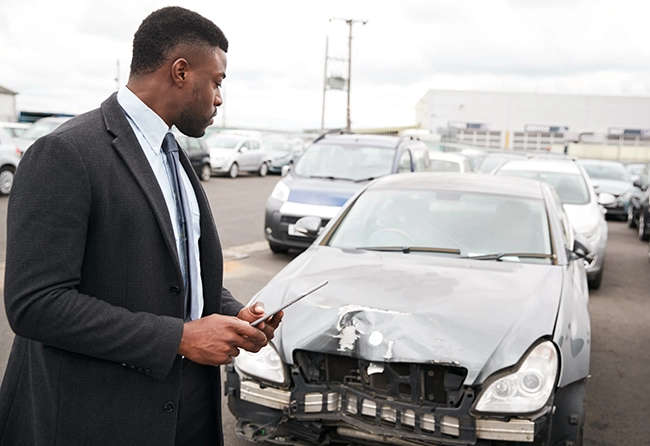Numerous court decisions have had a significant impact on the growth and evolution of vehicle accident law in Mississauga, as well as other parts of Ontario, over the years. This article covers some of the important judgements that have helped create the region’s car accident legislation, notably affecting legal concepts and driving policy and practise changes.
Snushall v. Fulsang (2005) is the first case.
This decision established a key precedent for motorists’ duty of care to other road users. The defendant neglected to signal before making a left turn in this instance, resulting in an accident with the plaintiff’s motorbike. The court found the defendant guilty, underlining that drivers must announce their intentions to maintain road safety. The Snushall v. Fulsang case emphasises the significance of following fundamental driving rules and laws in order to avoid accidents.
Meyer v. Bright (1993) is the second case.
The Meyer v. Bright case established the court’s position on contributory negligence. Both the driver and the pedestrian were judged to be at blame in this case. The car failed to keep a good lookout when the pedestrian, who was dressed in dark apparel, was crossing outside the crosswalk at night. The court apportioned 50% of the blame to each participant, establishing a significant precedent for circumstances in which both the driver and the pedestrian contribute to an accident.
Chippior v. Rizoti (2009) is the third case.
Chippior v. Rizoti is a significant case that altered the landscape of future income loss compensation in vehicle accident litigation. The plaintiff was a young lady with a bright future in competitive swimming before the accident, which resulted in significant injuries. The court considered the enormous potential loss she might incur in her future career, setting a threshold for measuring future income loss.
Lee v. Toronto District School Board (2018) is the fourth case.
The case of Lee v. Toronto District School Board expanded the scope of vicarious liability in automobile accident law. When a school bus collided with a cyclist, the court deemed the school board responsible as the bus operator’s employer. The case proved that entities can be held vicariously accountable for the activities of their employees even when the employer is not directly at fault.
Hunt v. Peel Mutual Insurance Company (2017) is the fifth case.
This decision established a precedent for policy interpretation in auto insurance. The disagreement centred on the definition of “accident” in the plaintiff’s insurance policy. The court used a broad and liberal approach, favouring the insured, and therefore established a standard for policy interpretation.
Finally
These key cases jointly established vehicle accident law in Mississauga, Ontario, informing legal principle interpretation and contributing to the evolution of this complicated legal field. They serve as guiding lights for legal practitioners, insurance companies, and litigants alike, emphasising the necessity of following traffic laws, personal responsibility, and victims’ rights in vehicle accident cases. By studying these instances, one can have a better understanding of the nuances of vehicle accident law and navigate the often complex legal process that follows an accident. The growth of the law as a result of these major judgements assures that it continues to grow, adapt, and serve society in its pursuit of justice and fairness.













